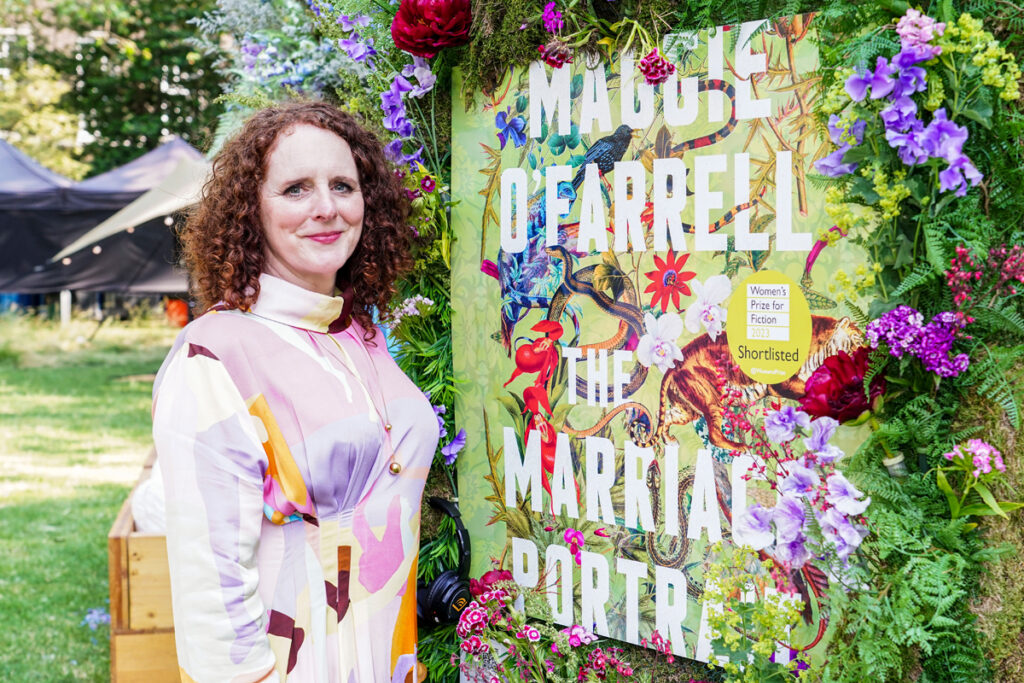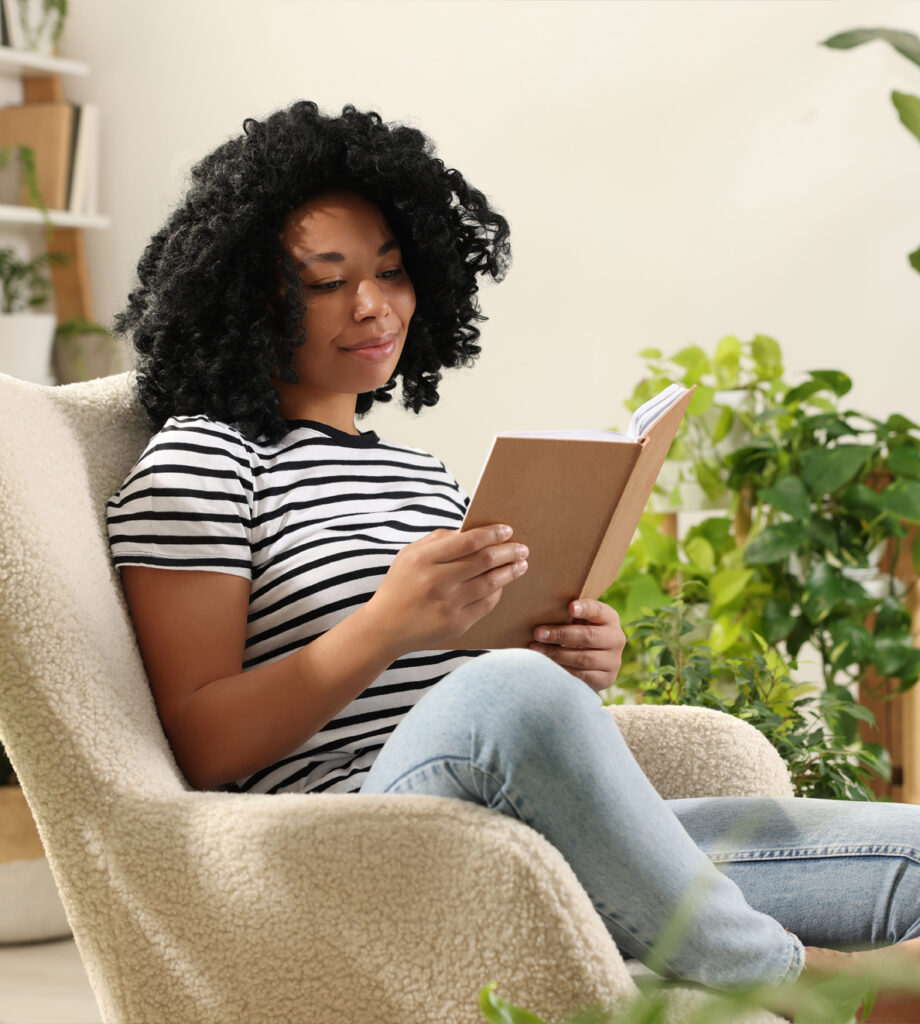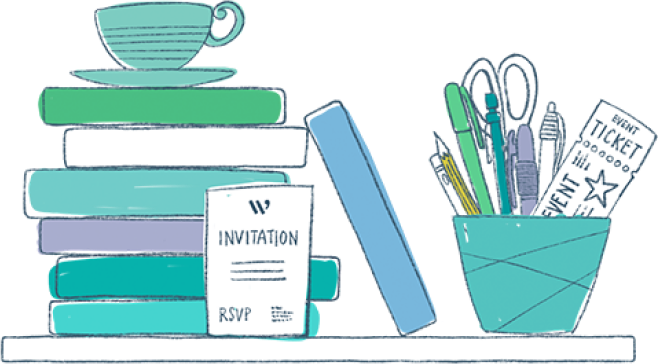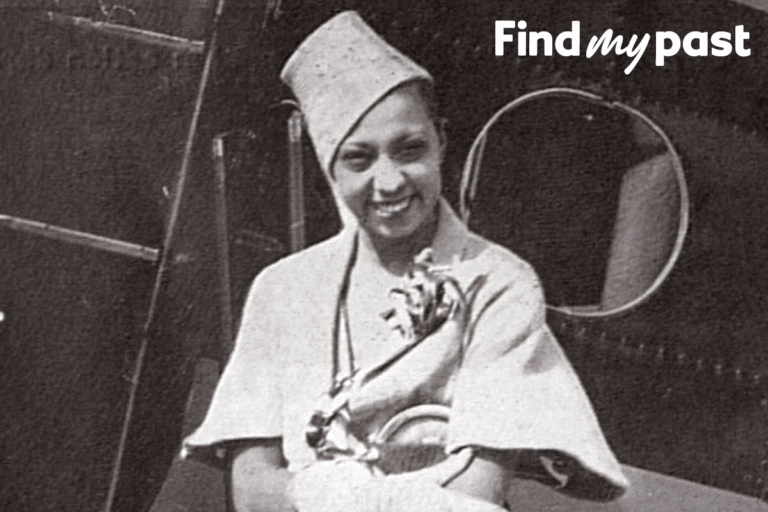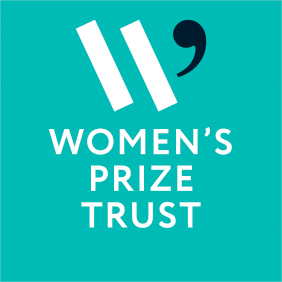As a recent guest on the Women’s Prize for Fiction podcast – which sees inspirational women choose five books that have shaped them – bestselling author Maggie O’Farrell shared her top reads, but she also smuggled in plenty of fascinating insights into her own writing process.
From finding a trusted (and brutally honest) reader to going the extra mile to immerse yourself in a book’s world, Maggie’s approach to creating fictional realms is truly inspiring. Read on to discover 5 nuggets of writing wisdom from the episode, and don’t miss the full conversation for maximum inspiration.
On reading for inspiration
‘I would never not read. I’d feel like a musician who never listens to music; it would just be wrong. And actually – especially when you are at a certain stage in your book – it’s such a relief to sink into somebody else’s world and just receive their wisdom and receive their words and their artistry. I like to read lots of new books to see what other writers are coming up with.’
On filling in the gaps
‘In a sense, gaps in history are frustrating for a biographer or historian. But for a novelist, those gaps are quite enticing. They form this kind of vacuum that you are able to step forward and fill with whatever story you yourself want to tell. Because obviously, my Agnes (Hamnet) and my Lucrezia (The Marriage Portrait) are fictional characters – they have the names and the framework of real people, but other than that, I just made it all up.’
On finding a trusted reader
‘My husband is also a writer and we are each other’s first reader. He always reads my second or my third draft – and he can be pretty mean! But you need it. It would be nice if you wrote a first or second draft and whoever you gave it to said, “It’s absolutely perfect, don’t change a word”. But of course, that’s never going to happen. And it’s good that it doesn’t happen, because your work is far from done at those early drafts. When I wrote my novel The Vanishing Act of Esme Lennox, he read it and said, “It’s okay, but you have to rewrite half of it”, which was a bit of a blow, but he was right – annoyingly!’
On doing your research
‘In order to get a feel for the times and the scenario and the locations, you have to read an awful lot of history about that time, but in order to inhabit the lives of people whose history is written in white or written in water, in a sense, you have to go a bit further and do something a bit different. So to understand what Hathaway’s life was like I did physical things, as well as reading about the time. I planted and grew my own Elizabethan medicinal herb garden. And I went on a course to learn how to make those plants into medicines.’
On doing your research pt.II
‘There’s a lot about art in The Marriage Portrait and I make Lucrezia an artist. And so I ordered raw pigment. And I ground it up and mixed it with linseed oil and oyster shells, which is exactly how people would have painted then. Because I wanted to understand the physicality of it. I made an unbelievable mess. Because I needed to know how hard it was to grind up Lapis Lazuli. And that kind of information doesn’t always end up in the book. But you need to have that sort of knowledge, in a sense, to give yourself the confidence to create a scene in which it happens.’
We hope this provides plenty of inspiration to kick start your Discoveries application. Dive into the Women’s Prize podcast archives for more reading and writing wisdom from guests including Malorie Blackman, Bernardine Evaristo and Madeline Miller.
